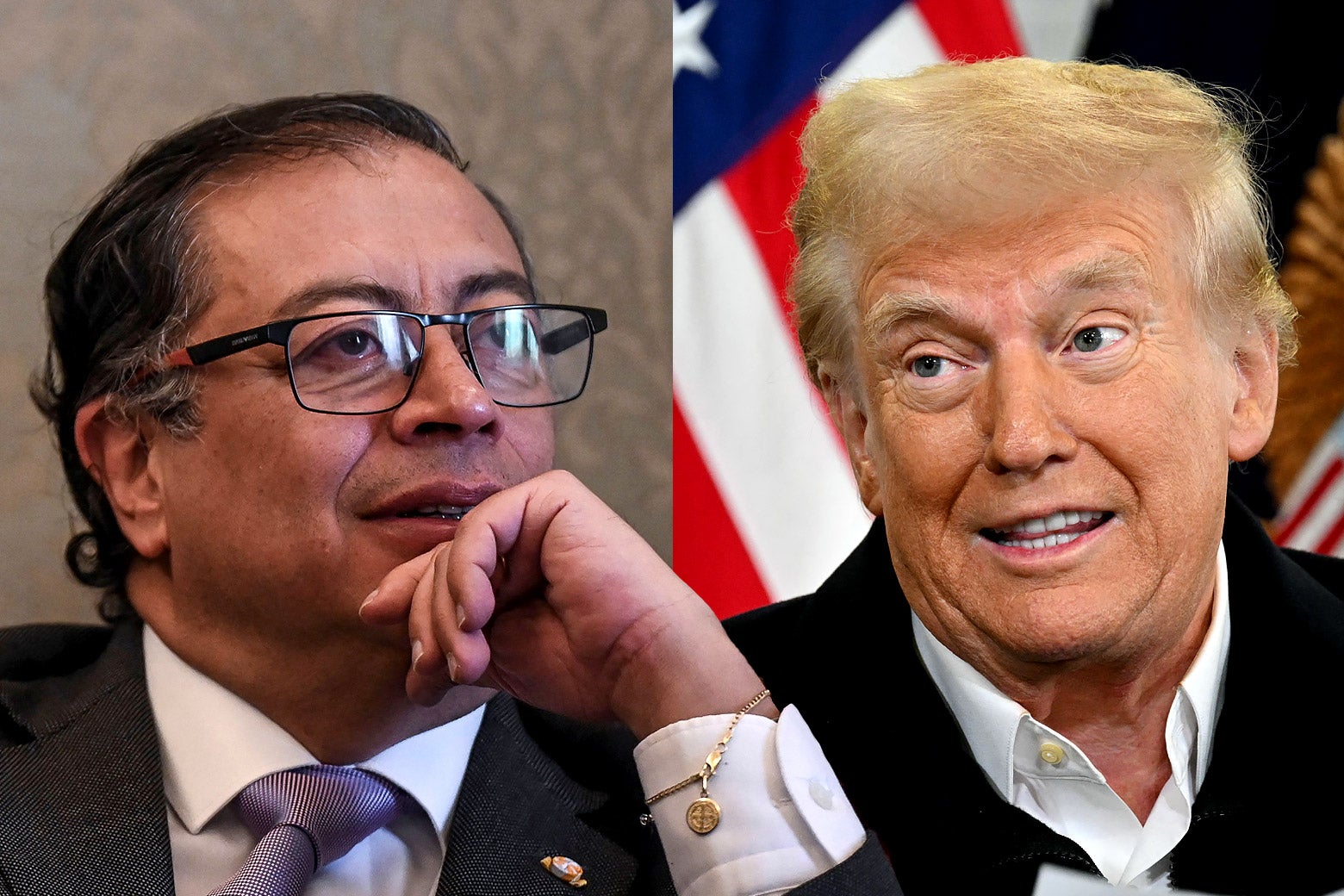The Financial Ripple Effect: How Trump’s Policies Could Drive Prices Higher
As economic uncertainties loom, a range of factors, including ongoing policies from the Trump administration, may trigger significant price hikes across various sectors. This financial ripple effect has implications not only for consumers but also for businesses navigating a complicated economic landscape. Understanding how these policies influence supply chains, consumer behavior, and the overall economy is crucial for all stakeholders involved.
Overview of Trump’s Economic Policies
Donald Trump’s administration was characterized by a series of bold economic policies that aimed to reshape the American economy. This includes tax reforms, tariffs on imported goods, and deregulation efforts. While these policies were designed to boost domestic production and reduce unemployment, they also have the potential to create inflationary pressures that could drive prices higher.
Tax Cuts and Their Impact on Consumer Spending
One of the hallmark policies of the Trump administration was the Tax Cuts and Jobs Act of 2017. By significantly reducing corporate tax rates and providing tax breaks for individuals, the administration aimed to stimulate consumer spending. However, while some consumers saw an increase in disposable income, the long-term effects of these tax cuts could lead to higher prices.
- Increased Consumer Demand: With more money in their pockets, consumers might increase their spending, leading to higher demand for goods and services.
- Cost-Push Inflation: Businesses may respond to increased demand by raising prices, especially if they face rising costs in production or labor.
Tariffs and Trade Policies: A Double-Edged Sword
The Trump administration’s imposition of tariffs on various imported goods was intended to protect American industries. However, this strategy can backfire, leading to increased prices for consumers. When tariffs are applied, it raises the cost of imported goods, which often gets passed down to the consumer.
- Higher Costs for Consumers: Products affected by tariffs, such as electronics, clothing, and steel, often see price increases. For instance, the tariffs on steel and aluminum could raise the prices of cars and home appliances.
- Supply Chain Disruptions: Tariffs can complicate supply chains, leading to delays and shortages that further exacerbate price increases.
Inflationary Pressures and the Role of Monetary Policy
Another aspect to consider is the interplay between Trump’s policies and the Federal Reserve’s monetary policy. As inflation begins to rise, the Fed may respond by increasing interest rates, which can have a cascading effect on the economy.
Effects of Rising Interest Rates
Higher interest rates can dampen consumer spending and business investment. As borrowing becomes more expensive, consumers may cut back on purchases, leading to a potential slowdown in the economy. However, if prices continue to rise due to previous policies, the Fed may face a difficult balancing act.
- Consumer Behavior: With higher interest rates, consumers may opt for saving rather than spending, which can reduce demand and lead to a stagnation in economic growth.
- Business Investment: Companies may reconsider expansion plans if they anticipate lower consumer demand or increased costs due to tariffs and inflation.
Sector-Specific Implications of Price Hikes
The financial ripple effect of Trump’s policies may manifest differently across various sectors of the economy. It’s essential to consider how specific industries might respond to these changes.
Real Estate and Construction
The construction sector is particularly susceptible to rising material costs due to tariffs. As the price of steel and lumber increases, so too do the costs associated with building homes and commercial properties. This can lead to higher prices for buyers and renters.
- Increased Housing Prices: As construction costs rise, developers may pass these costs onto consumers, making housing less affordable.
- Rental Market Pressure: Higher purchase prices can lead to increased rents as landlords seek to maintain their profit margins.
Food and Agriculture
The agricultural sector has also felt the impact of Trump’s trade policies. Tariffs on agricultural exports can lead to retaliatory measures from other countries, affecting prices for farmers and consumers alike.
- Higher Food Prices: If farmers face increased costs due to tariffs on imported fertilizers or equipment, these costs can trickle down to consumers in the form of higher food prices.
- Market Volatility: Trade uncertainties can lead to fluctuations in crop prices, affecting everything from grocery bills to restaurant menus.
Preparing for the Financial Ripple Effect
Understanding the potential financial ripple effect of Trump’s policies is vital for consumers and businesses alike. Here are some actionable strategies to mitigate the impact of rising prices:
- Budgeting Wisely: Consumers should adjust their budgets to account for potential price increases in essential goods and services.
- Investing in Local Products: Supporting local businesses can reduce reliance on imported goods, which may be subject to tariffs and price hikes.
- Staying Informed: Keeping abreast of economic trends and policy changes can help consumers and businesses make informed decisions.
Conclusion
As the world grapples with economic uncertainties, the ongoing policies from the Trump administration could indeed trigger significant price hikes across various sectors. By understanding the potential consequences of these policies, consumers can better prepare for the financial ripple effect. Whether through adjusting spending habits or supporting local businesses, being proactive is key in navigating this complex economic landscape.
Ultimately, while the challenges posed by rising prices are significant, informed consumers and businesses can adapt and thrive despite the hurdles. Engaging with these economic realities can empower all stakeholders to make better decisions in a changing market.
See more CCTV News Daily



